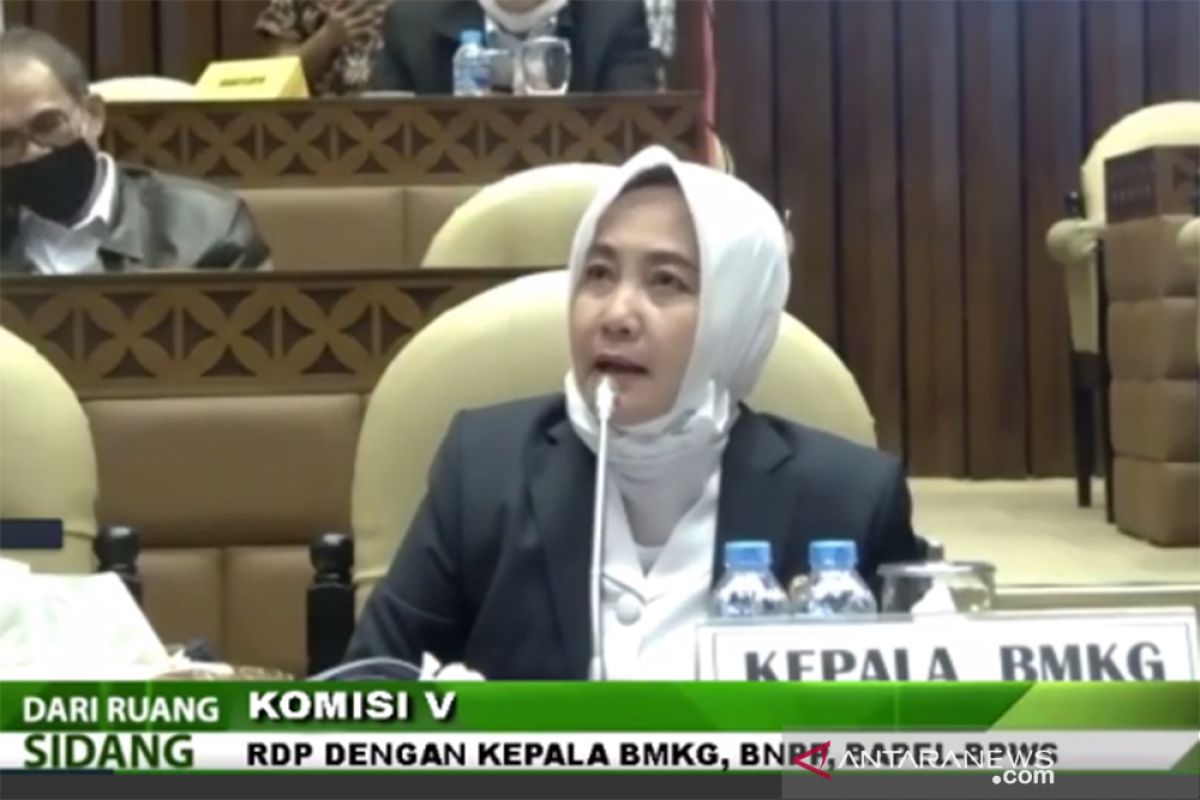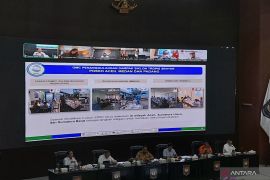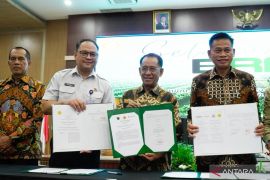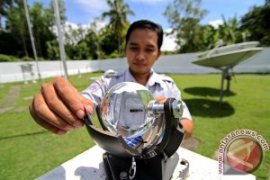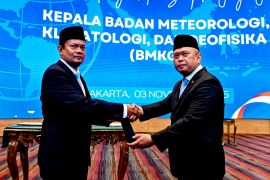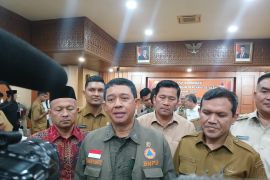"This uniqueness is owing to Indonesia's territorial location around the equator as well as being flanked by two oceans and two big continents, thereby making it an archipelagic nation, with unique weather and climate dynamics," BMKG Head Dwikorita Karnawati noted in a statement here on Monday.
The uniqueness is apparent from the contrasting weather or climatic conditions. Even as several areas are experiencing drought, the others are receiving extreme rains.
"For instance, during the dry season, almost all parts of southern Indonesia and central parts of Indonesia stretching from Central Sulawesi, Maluku to northern Papua, have the potential to receive relatively high rainfall in the next two 20 days," she pointed out.
On the basis of BMKG's monitoring results, the dry season will continue until October.
Of the 342 seasonal zones (ZOM) in Indonesia, 64 percent have entered the dry season until mid-July, Herizal, the BMKG deputy-in-charge of climatology, explained.
This is in line with the dominance of the Australian Monsoon wind circulation that is dry and blows from the East-Southeast.
The regions experiencing dry season comprise East Nusa Tenggara, West Nusa Tenggara, Bali, East Java, most of Central Java and West Java, western and eastern Jakarta, North Coast of Banten, east coast of Jambi, Riau, Aceh, and central, northern and eastern North Sumatra.
The western part of South Kalimantan, eastern part of Central Kalimantan, southern part of West Sulawesi, west coast of South Sulawesi, southern part of Southeast Sulawesi, western Maluku, eastern West Papua, and central, southern and northern Papua are also witnessing the dry season.
Some 30 percent of the seasonal zones in those regions entering the dry season have experienced arid conditions without any rains for a period of 21 to 30 days, 31 to 60 days, and above 61 days.
"The longest days without rains have been observed in Oepoi, Kupang City, East Nusa Tenggara, for 70 days. Meanwhile, BMKG's forecast for rains for the next nine months indicates that the dry season will generally last until October 2020," Herizal stated.
In the meantime, regions that had yet to experience dry season must watch out for rains with likely high to very high precipitation in the next four months.
These regions include parts of Aceh, West Sumatra, West Kalimantan, North Kalimantan, Southeast Sulawesi, Central Sulawesi, West Sulawesi, North Maluku, West Papua and parts of Papua in July; and parts of Papua in August; parts of North Sumatra in September 2020; and Bengkulu in October 2020.
The forecast is based on the prevailing warm sea water surface temperature in the Indonesian waters, thereby supplying sufficient water vapor to the atmosphere.
Related news: Indonesia braces for extreme dry season amid COVID-19
Related news: President prepares three-step strategy to tackle harsher dry season
Related news: Govt to raise water storage infrastructure capacity against drought
Translator: Desi P, Fardah
Editor: Sri Haryati
Copyright © ANTARA 2020
